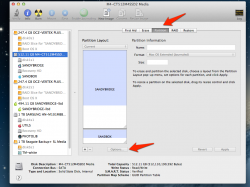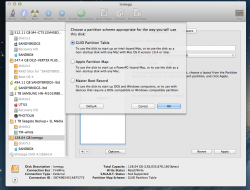Thinking some more about your case, because it is exactly where I was a year ago with my 2010 MBP I would do the following.
First I would decide to end up with SSD in the HDD bay and the existing HDD in the Optical bay. I know you like the idea of the SMS protection for the HDD by having it in the main bay, but frankly I wouldn't do it that way round. There are other threads where folks have had problems with with the OSX in the optical bay. If you are really determined you could follow the steps below and swop them over at the end, as an optional step 9. Some HDDs have there own shock protection internal to the disk so still protected in the optical bay.
This person at least believes SMS protection still works in the optical bay anyway.
The outline steps I would follow are:
1. Put new unused SSD into the HDD bay (leave optical in place)
2. Connect HDD with your OSX on to the USB-eSATA adapter
3. Boot OSX from the HDD connected to the USB eSATA adapter. Being USB it will take a long time to boot and be slow to use.
4. Format the SSD
(HFS+ and GUID, very important).
5.
Clone your OSX to the SSD with CCC or Superduper.
6. Boot from OSX on the SSD. Make sure all working and good.
7. Using BCA, install Bootcamp and Windows onto the now internal SSD using a Windows install DVD in the internal optical drive. (Use Imgburn free to make DVD if you only have ISO at the moment.
8. Fit the HDD into the Optical bay when confident Windows working fine,
You can use an external optical drive or USB sticks to install Windows software





